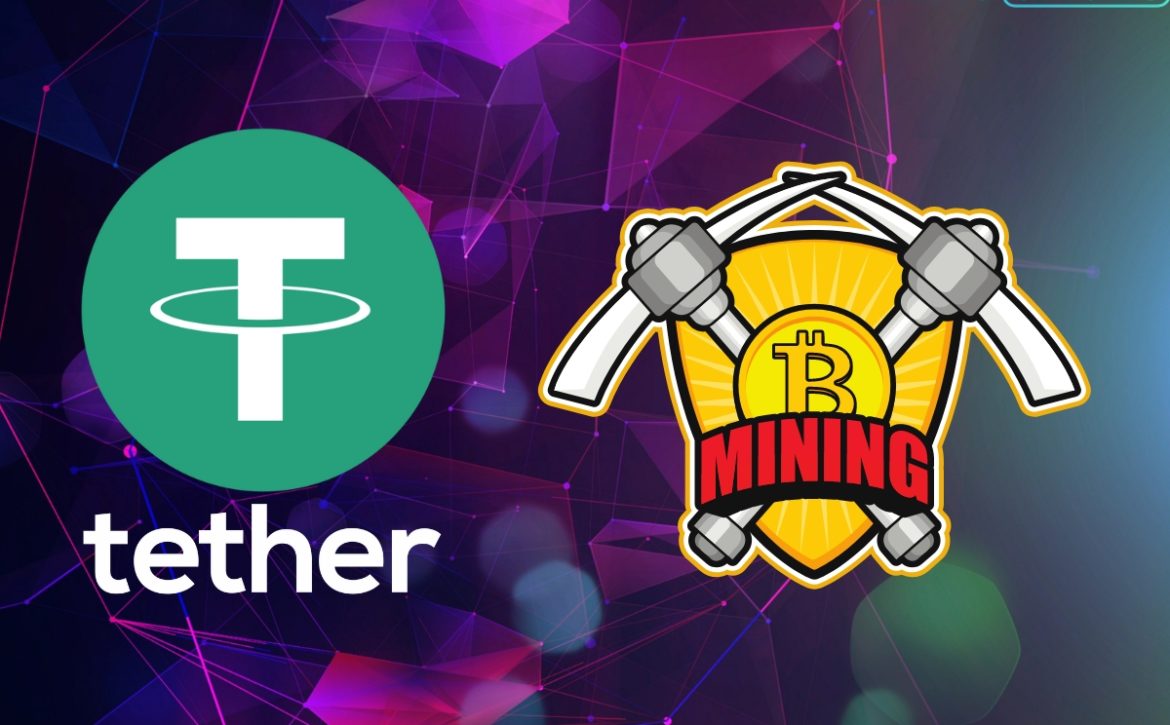Why Stablecoin USDT lost its fixation to USD exchange rate review from Crypto Upvotes experts
Amid negative news for the crypto market, decentralized trading platforms are seeing large sales of the leading “stablecoin” USDT from Tether
The largest by market capitalization, Tether’s USDT stablecoin has come under pressure. The coin, which is nominally pegged to the U.S. dollar, temporarily lost parity with it.
The leading stablecoin fell slightly below $1. This came after the Curve decentralized platform’s 3Pool liquidity pool suffered a major asset imbalance. 3Pool is the third largest trading pool of all existing decentralized exchange (DEX) trading platforms (DeFi). And the largest in terms of the amount of stablecoins in it USDT and DAI. At the time of publication, USDT is at $0.999, according to CoinMarketCap.
Curve and Uniswap are the largest decentralized financial protocols for exchanging and trading cryptoassets. Which operate on the basis of software-based smart contracts without a central intermediary (e.g., an exchange).
A liquidity pool is a smart contract containing locked tokens that have been provided by platform users. And acting as an automated market maker on a decentralized exchange
Against the background of the latest news about tough actions of American regulators in relation to major market players, the panic among market participants is quite understandable.
However, the loss of USDT parity with the dollar is caused more by the actions of specific individuals in the liquidity pools of DeFi-platforms.
Our experts note that this happens not for the first time. And earlier it turned out to be a provocation [of market participants] in order to make quick money on opening the necessary position. And manipulations in DeFi were the starting shot.
As Ardoino wrote in a commentary to The Block, “The market as a whole is very tight right now.” He said recent news is pushing big players to exit the cryptocurrency markets. “Tether is a gateway for liquidity, both inbound and outbound. When interest in cryptocurrencies rises, we see an influx. And when the mood in the cryptocurrency market is negative, we see an outflow. But we can’t rule out a direct attack on Tether, as we saw in 2022,” adds Ardoino.





